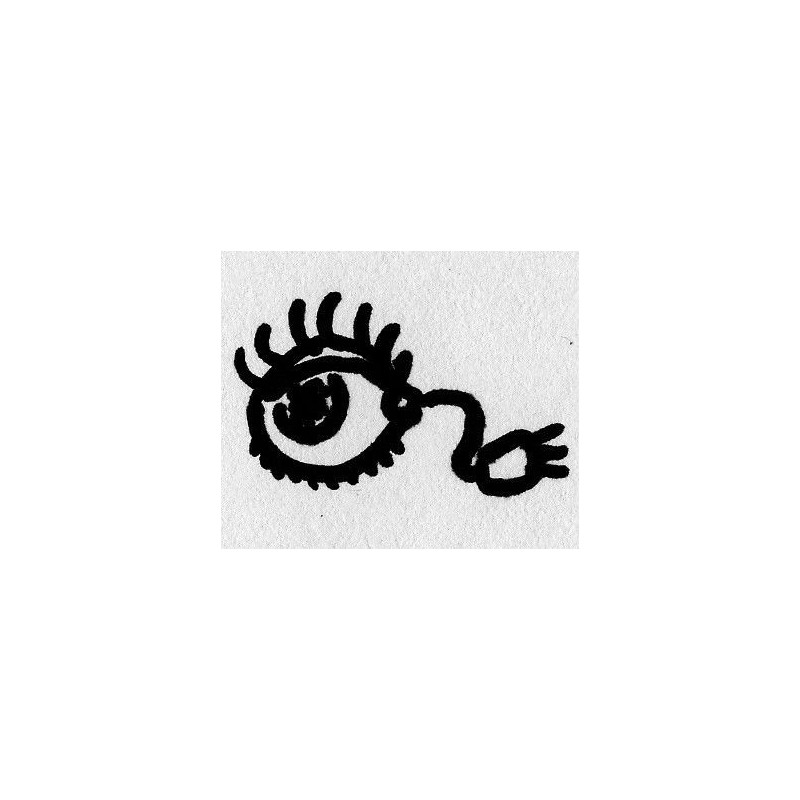



+ About Sensors
Detection, sensors, data acquisition chain, and MIDI transmission: Interface-Z sensors come in various forms.
The choice depends on the artwork, interactive installation, or live performance.
Brand: Interface-Z
Learn more
- Sensors and Interfaces
- Multitransmissions HF
- Sensors and Software
- Glossary
A sensor alone is useless without the acquisition chain it connects to. Some detectors, unlike simple sensors described in the next section, rely on highly specific electronics.
This is why we developed sensors that directly transmit their data via the MIDI protocol (sensitive floor mats, ultrasonic rangefinders, RFID tag detectors)
Data Acquisition
Direct Sensor-to-Computer Data Acquisition Chain
We have also developed generic interfaces to process information from analog and digital sensors: 2-input analog modules, perfect for discovering sensors; 12-analog / 16-digital module, for standard sensor use; and 4-analog sensor interface, for installations using only a few sensors. These interfaces send MIDI messages. Another module, 2-input serial analog module, uses the RS232 protocol. We also have a board that operates on an Ethernet network (100 Base-T) using the OSC protocol, allowing it to collect data from 8 analog sensors and 8 switches and connect to other boards using an integrated merger.
These interfaces are conversion modules that process data captured by simple sensors. They transform the electrical signal from these sensors into MIDI messages (or another protocol). All these interfaces are compatible with our sensors (called "simple sensors," meaning those that are not directly MIDI) as well as with sensors from other suppliers, provided an adapter cable is used (3-wire sensors, 0-5V analog signal).
The ZIP board (Z Interpreter of Patch) also has 4 analog inputs and 4 digital inputs. It can receive sensor data like the other interfaces described here or manage these sensors independently of a computer.
We offer a range of sensors that can be used with these interfaces. These sensors are also compatible with interfaces from other suppliers, provided the appropriate cable is used for connection.
Our sensors include adjustment and amplification electronics (adapted to each type of sensor), allowing them to be used across the 0 to 5 Volt range and finely tuned for optimal performance based on their application.
Data Acquisition Chain for Simple Sensors
Data acquisition chain from simple sensors to the computer.
The data acquisition chain is briefly discussed on the dedicated simple sensors page and described in more detail in the Training section of the website (for example, here). It refers to the transmission of information from the sensitive module to the decision center (often a computer).
Finally,
A sensor paired with an HF transmitter becomes a wireless sensor.
For more details on sensors and their specific properties, check out our online seminars.
Our catalog offers various wireless sensing systems for onboard sensors. These systems are compatible with each other and enable multi-channel HF transmission.
This 16-input interface transmits sensor data at 11-bit resolution and comes in three compatible versions: 433 MHz, 869 MHz, and 2.4 GHz multi-channel. The receiver outputs MIDI data, making it compatible with all real-time data processing and music software.
This board allows OSC transmission over WiFi, enabling wireless communication between the board and a computer via a WiFi access point.
This interface operates over WiFi, allowing for two to three simultaneous sensing systems. It is compatible with Pure Data and Max MSP, as well as Mini-HF.
This module was an HF adaptation of the 8 analog / 8 digital to MIDI interface. It has now been replaced by the Mini-HF 433 MHz, but its description page remains available.
This module was the first commercial multi-channel HF interface. It has now been replaced by the Mini-HF 2.4 GHz, but its description page remains available.
Most of the time, sensors—whether simple or autonomous—are used in real-time event management software. The data collected from the sensors is received, processed, and transformed within the software to modify or trigger various events, such as sound, visuals, or lighting effects, etc.
The Programming section of our website provides tools and examples to integrate our hardware with different software (in the broadest sense), including Pure Data, Max MSP, Isadora, Processing, VVVV, Bidule, and EyesWeb. These tools are developed based on demand.
Extensive information is available on the MIDI Data Reception pages, where common concepts applicable to all real-time management software are described, along with an overview of each software's basic MIDI objects.
The concepts mentioned here are detailed in a book published by Imagals: "Captation, Filtrages et Traitements des données en Art" (68 pages), Azuré du Serpolet collection.
Active (active sensor) : A sensor that analyzes the return of a quantity it has emitted (or more precisely, that was emitted by an associated transducer). Example: ultrasonic rangefinder, infrared proximity sensor.
FSR : Force Sensitive Resistor, a pressure/weight/compression/contact sensor. It is a resistor that varies based on the pressure applied to the sensitive area. Available in different sizes.
LDR : Light Dependent Resistor, a photoresistor or light intensity sensor. It is a resistor that changes depending on the light exposure on its sensitive area. Available in different sizes and sensitivities.
Passive (passive sensor) : A sensor that is directly affected by a physical quantity without influencing it.
Potentiometer : An adjustable resistor, used either as a sensor or as a control element.
Prcision : The maximum deviation between the measured value and the true value that should have been obtained.
Proximeter : : A proximity rangefinder.
Resolution : The smallest measurable variation by a sensor or measurement system.
Rangefinder: A sensor that measures distance.
All-or-Nothing (binary switch): An On/Off switch, functioning in two states—either activated or deactivated.
Transducer: An electronic component that converts a physical quantity variation (temperature, pressure, light intensity, etc.) into an electrical variation, or vice versa.
- A sensor is a transducer that converts a physical quantity into an electrical signal (e.g., microphone).
- An actuator is a transducer that converts an electrical signal into a physical action (e.g., speaker).
Il n'y a pas d'autres documents disponibles ici pour le moment.
You might also like